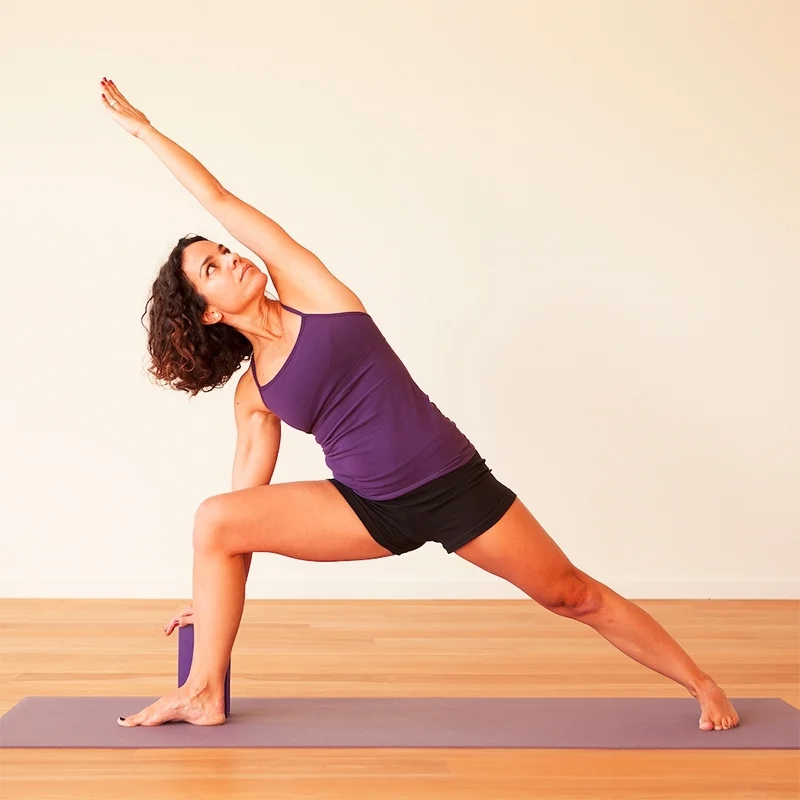What to use instead of yoga mat? Yoga mats are essential tools for yoga practice, providing a non-slip surface and cushioning for comfort and support. However, there may be times when you don’t have access to a yoga mat or are looking for alternative options. In this article, we will explore several alternatives to yoga mats that can be used to enhance your yoga practice.
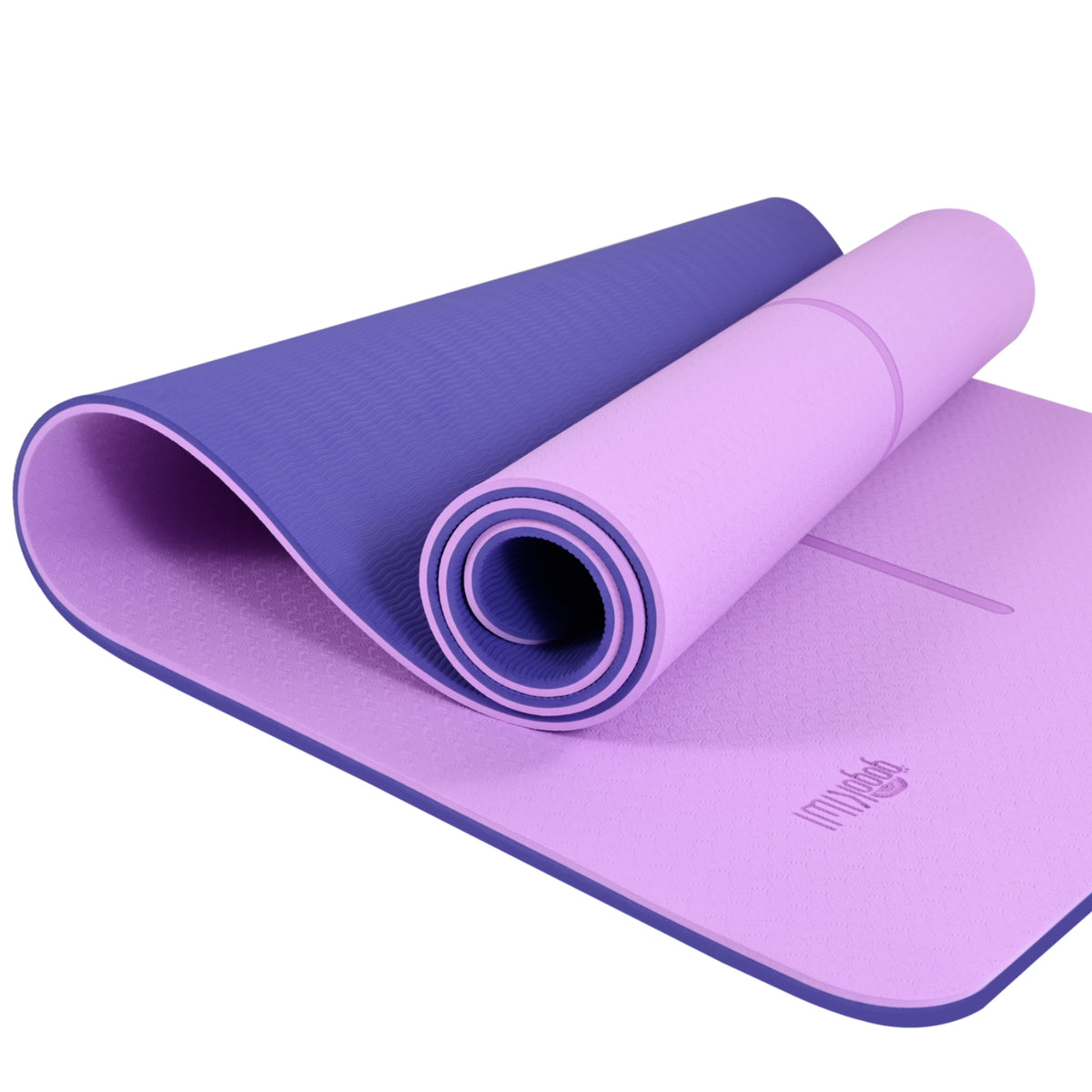
Towel
One of the most common alternatives to a yoga mat is a towel. A large bath towel or beach towel can be used to provide a non-slip surface and cushioning for your practice. Simply lay the towel flat on the floor and use it as you would a yoga mat. Towels are especially useful for hot yoga or sweaty practices, as they can absorb moisture and provide a non-slip surface.
Carpet
If you are practicing yoga at home, using a carpet as a yoga mat alternative can be a cost-effective and convenient option. Carpets provide cushioning and can help with stability during standing poses. However, keep in mind that some carpets may not provide enough grip for certain poses, so be cautious and ensure that the surface is not too slippery.
Grass or Sand
If you enjoy practicing yoga outdoors, you can use grass or sand as a natural alternative to a yoga mat. Practicing yoga on grass or sand can provide grounding and connection to nature, adding an extra dimension to your practice. However, be mindful of any uneven surfaces or debris that may make the practice uncomfortable or unsafe.
Blanket
A thick blanket can also be used as a substitute for a yoga mat. Fold the blanket to your desired thickness and lay it on the floor to create a comfortable and supportive surface for your practice. Blankets are especially useful for seated and reclined poses, as they provide extra cushioning and support.
Cork Mat
For those looking for an eco-friendly alternative to traditional yoga mats, a cork mat is an excellent option. Cork mats are made from natural and sustainable materials, providing a non-slip surface and cushioning for your practice. Additionally, cork mats are biodegradable and have antimicrobial properties, making them a great choice for those who are environmentally conscious.
Foam Tiles
Foam tiles, often used for gym flooring or children’s play areas, can be repurposed as a yoga mat alternative. Arrange the foam tiles to create a stable and cushioned surface for your practice. Foam tiles are especially useful for those with sensitive joints or those who require extra support during their practice.
How to clean a yoga mat
Yoga is a great way to relax, de-stress, and maintain a healthy lifestyle. However, the one thing that often gets neglected in a yoga practice is the maintenance and cleanliness of the yoga mat. Over time, yoga mats can accumulate sweat, dirt, and bacteria, making it important to regularly clean and care for your mat.
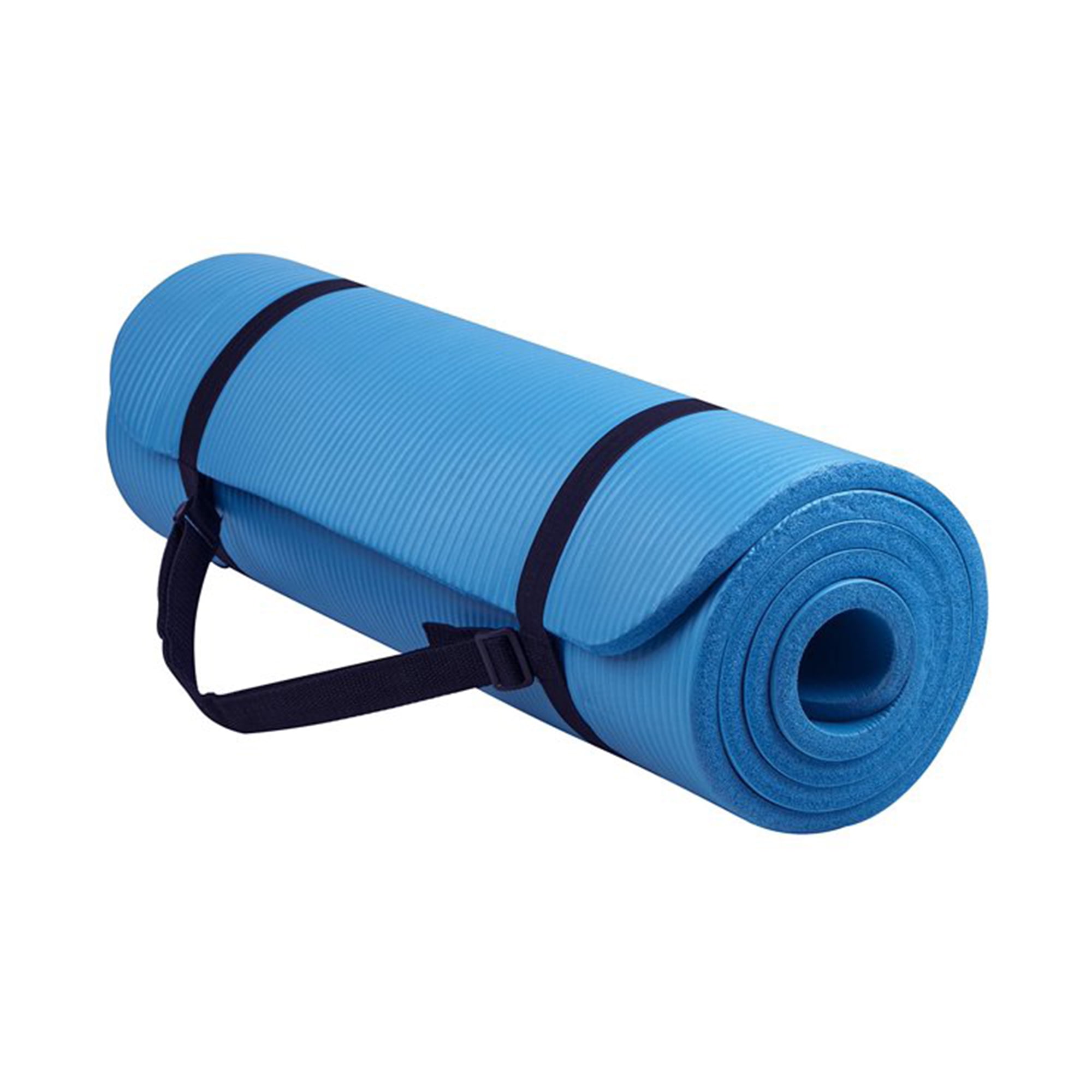
Why it’s Important to Clean Your Yoga Mat
Regularly cleaning your yoga mat is essential for maintaining good hygiene and preventing the accumulation of bacteria, dirt, and sweat. Dirty mats can lead to skin irritations and infections, as well as a decrease in the effectiveness of the mat’s grip and support. Additionally, a clean mat can enhance your practice by providing a fresh and inviting surface to practice on.
Materials Needed
Before you begin cleaning your yoga mat, gather the following materials:
- Mild soap or yoga mat cleaner
- Water in a spray bottle
- Soft-bristled brush or sponge
- Towel or cloth
- Essential oils (optional for added fragrance)
Prepare the Cleaning Solution
Start by preparing a gentle cleaning solution for your yoga mat. Mix a few drops of mild soap or yoga mat cleaner with water in a spray bottle. You can also add a few drops of essential oils for a pleasant fragrance, such as lavender, tea tree, or eucalyptus.
Spray the Mat
Lay your yoga mat flat on the floor and lightly spray the entire surface with the cleaning solution. Ensure that the mat is evenly coated, but avoid over-saturating it as excessive moisture can lead to mold and mildew growth.
Scrub the Mat
Using a soft-bristled brush or sponge, gently scrub the mat in a circular motion to loosen any dirt, sweat, and bacteria. Focus on areas that tend to accumulate the most sweat, such as the palms and feet imprints. Be gentle to avoid damaging the mat’s surface.
Wipe Down the Mat
After scrubbing the entire surface, use a clean towel or cloth to wipe down the mat and remove any excess moisture and cleaning solution. Ensure that the mat is completely dry before rolling it up or using it for your next practice.
Air Dry the Mat
To complete the cleaning process, lay your yoga mat flat in a well-ventilated area and allow it to air dry completely. Avoid exposing the mat to direct sunlight, as this can cause the material to deteriorate over time. Once the mat is dry, you can roll it up and store it as usual.
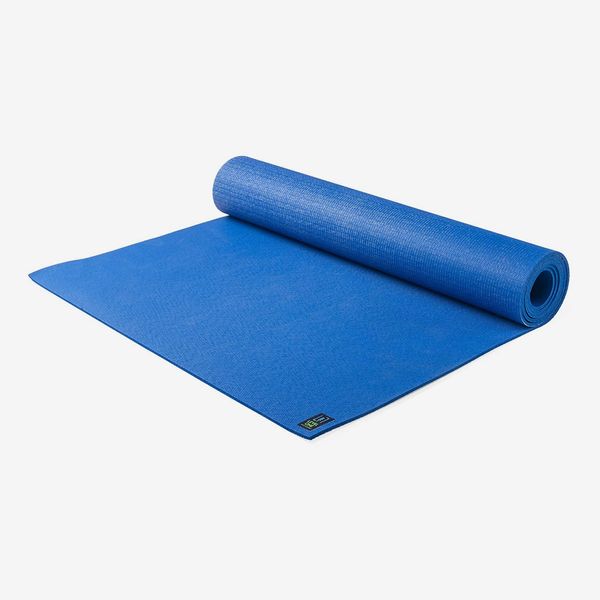
Other Cleaning Tips
In addition to the regular cleaning process, here are a few additional tips for maintaining the cleanliness of your yoga mat:
- Spot Clean: For minor stains and spots, you can use a damp cloth to spot clean the affected areas. Avoid using harsh chemicals or abrasive cleaners, as they can damage the mat’s surface.
- Deep Clean: If your yoga mat is heavily soiled or has not been cleaned in a while, consider giving it a deep clean. Submerge the mat in a bathtub filled with a mixture of mild soap and water, and gently scrub it with a soft brush. Rinse thoroughly and air dry as usual.
- Use a Mat Towel: To prevent sweat and dirt from accumulating on your mat, consider using a mat towel during your practice. Mat towels are designed to absorb moisture and prevent it from seeping into the mat, keeping it clean and fresh.
- Store Properly: When not in use, always roll your yoga mat with the top side facing out to keep it clean and prevent the accumulation of dirt and debris.
Advantages of yoga mat
Support for Joints and Muscles
Yoga involves a wide range of movements and postures that require the body to be supported and aligned properly. A yoga mat helps to provide support for the joints and muscles by cushioning the body and reducing the impact of the movements. This is particularly beneficial for individuals with joint pain, arthritis, or other musculoskeletal conditions, as the mat helps to alleviate pressure on the joints and provides a more comfortable practice environment. Additionally, the textured surface of the mat helps to promote proper alignment and posture, allowing practitioners to engage in their practice more effectively and safely.
Hygienic and Easy to Clean
Another advantage of using a yoga mat is its hygienic properties and ease of cleaning. During a yoga session, practitioners come into close contact with the mat, and it is essential to ensure that the surface is clean and free from bacteria, dirt, and sweat. Yoga mats are typically made from durable and easy-to-clean materials, such as PVC, rubber, or natural fibers, which can be easily wiped down or washed with mild soap and water. This not only helps to maintain a clean and sanitary practice environment but also prevents the spread of germs and bacteria, promoting better overall health and well-being.
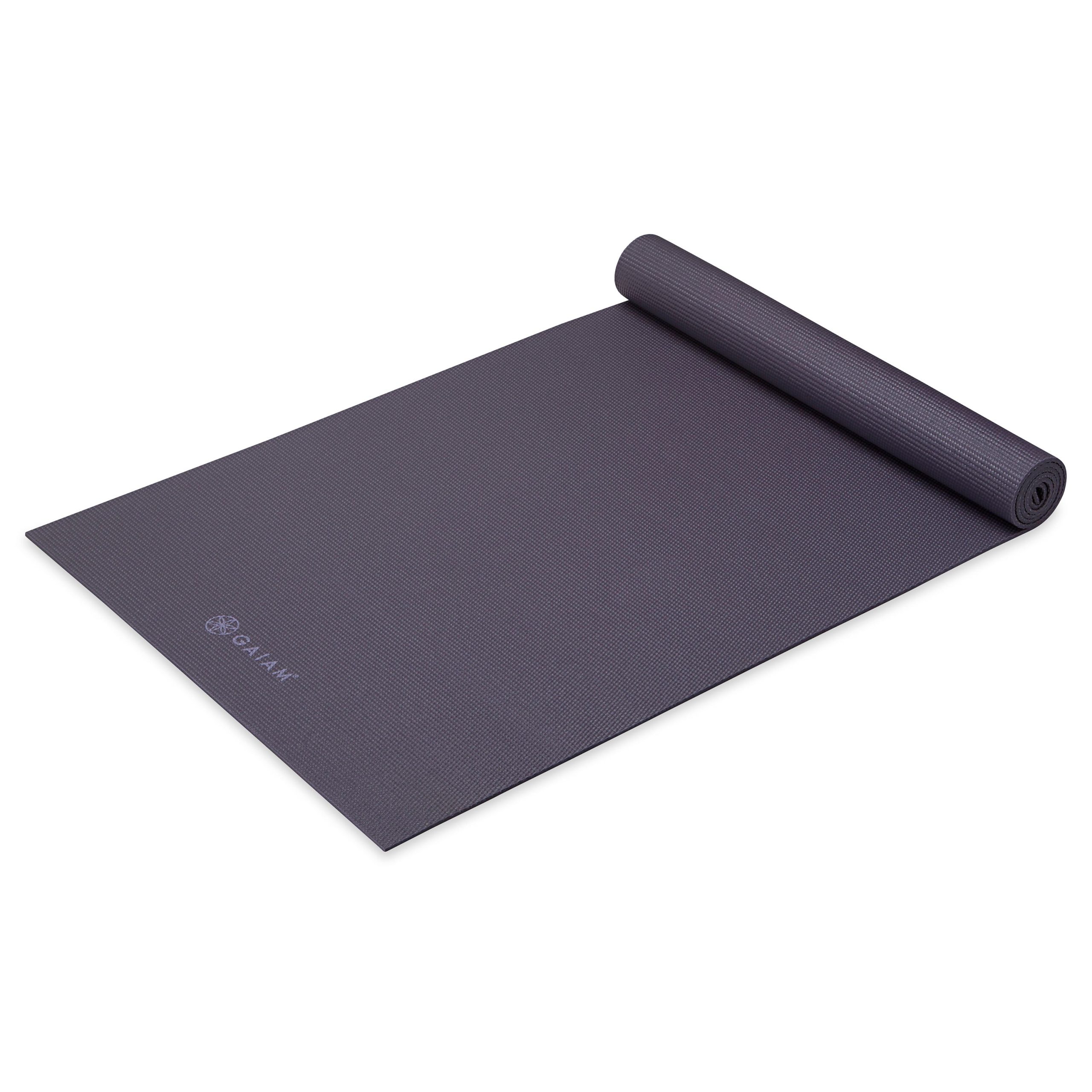
Conclusion
While yoga mats are the go-to option for most yogis, there are several alternatives that can be used to enhance your practice. Whether you’re practicing at home, outdoors, or are looking for an eco-friendly option, these alternatives can provide the support and stability you need for a fulfilling yoga practice. Experiment with different alternatives to find what works best for you, and enjoy the benefits of a comfortable and fulfilling yoga practice.
